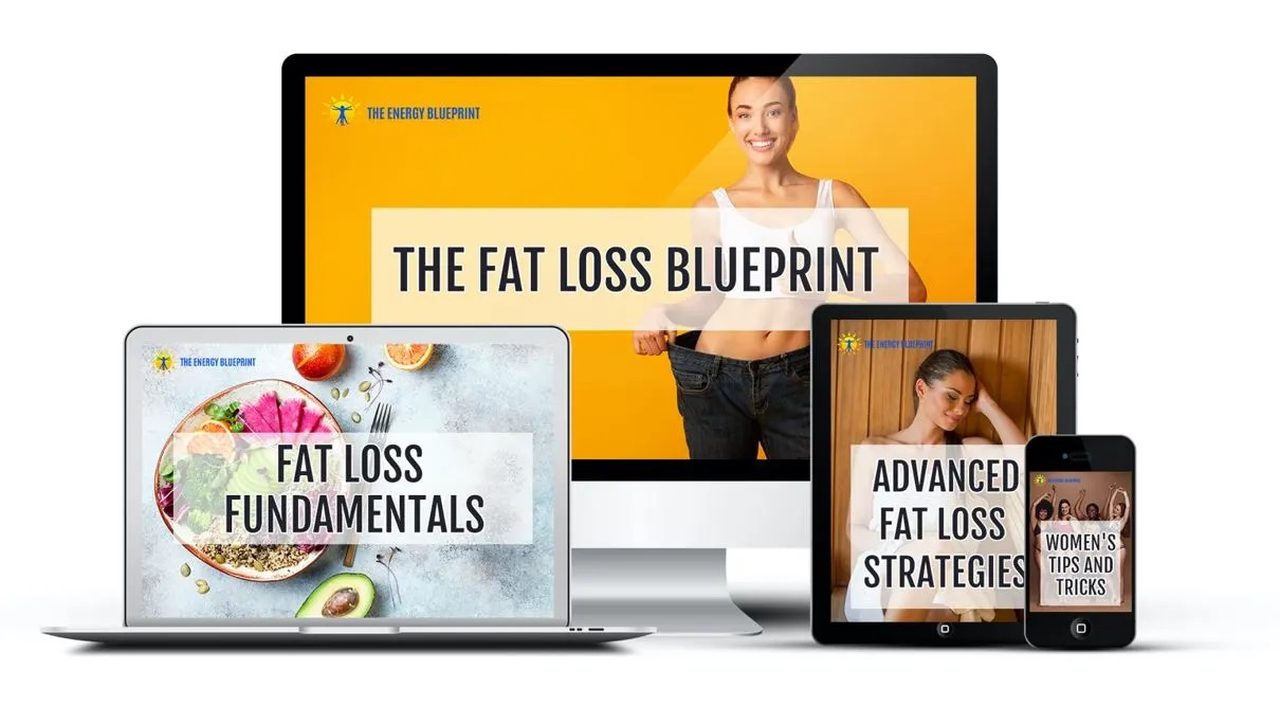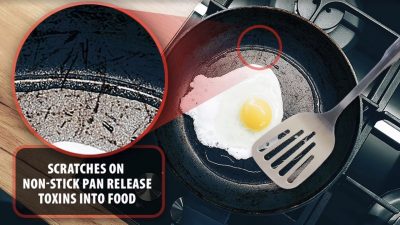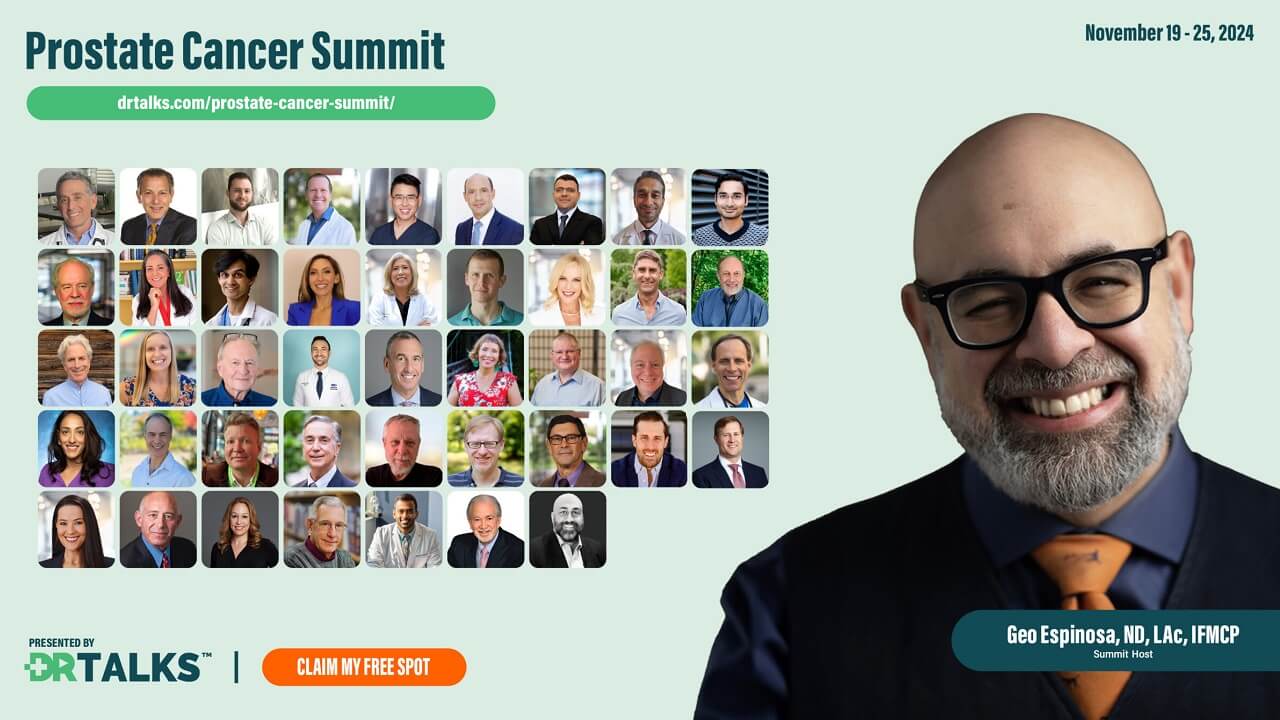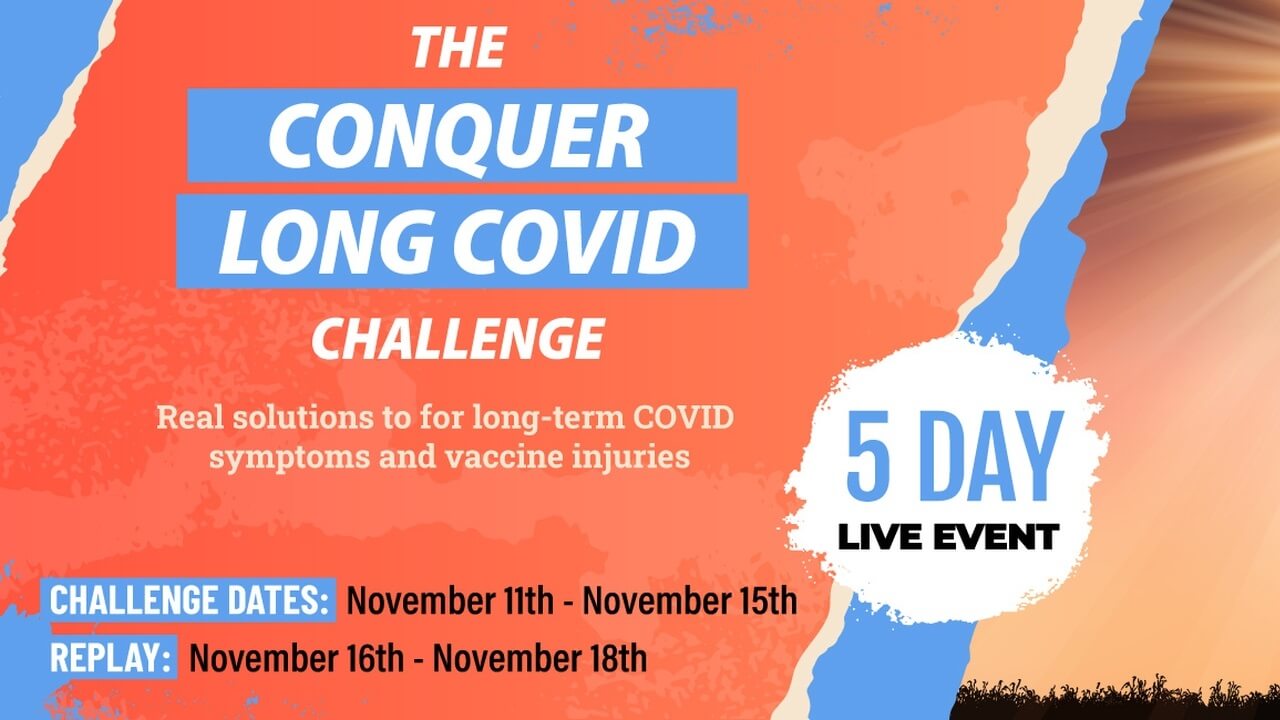Events
Fat Loss Blueprint

If you want to lose weight, dieting and vigorous exercise don’t work.
Yes, that is what everyone says to do, but science has proven it’s false.
The reason why you keep hearing it, is because the weight loss space is filled with dirty, pseudoscience, gimmicky scams.
It’s one extreme diet or “secret ingredient” after another… and none work.
The reason they fail is that diets and extreme exercise are not fun to do.
In fact, they make us miserable, and if it’s a misery to do, we’ll always quit.
Dieting makes us hungry, and weights and running are bloody hard work.
No human has the willpower to keep doing something they don’t enjoy forever, so we lose weight initially, then relapse and gain the weight back.
Rule #1 is that if it’s not a habit that you can do forever, then the weight loss solution is nothing more than a quick fix, and a recipe to regain the weight.
The science supports this, with a meta analysis being done on all of the major diets, and they found there was no real difference between them.
Another diet myth is that if you eat less carbohydrates, you will lose weight.
Multiple studies have shown there is no difference between high carb and low carb diets for fat loss, even when they are matched for calories.
Yes, carbs increase insulin, and that in theory should cause more fat storage, but it doesn’t, even when there are direct manipulations of insulin.
Even the ultra-low carbohydrate keto diets didn’t achieve greater fat loss.
The reason is that the body adapts to calorie deprivation, by slowing metabolism, increasing fatigue, and causing muscle destruction.
So while you do get short term weight loss, these mechanisms kick in and cause you to regain all the weight again… and in many cases, even more.
Studies show that after 2 years, 95% of people gained all the weight back, and after 3 years, 41% of people weighed more than when they started.
If we look to nature, we don’t see wild animals counting calories, going through hunger, or exercising to lose weight… and none of them are fat.
So what does work?
A few quick ones are don’t eat more than you need, don’t eat for pleasure, sleep on time, reduce portion size, avoid stress, avoid environmental toxins, don’t sit as much, and don’t eat processed foods (because they are cheap).
The processed foods one is very important, because there was a study that compared 2 diets, one group ate processed foods and the other whole foods.
Both diets had the exact same calories, protein, carbs, fats, energy density, sugar, fibre, and sodium – so they were the same, except for the food source.
After 2 weeks, the group who ate processed foods gained weight, while the group who ate whole food lost weight.
This has been shown in multiple studies, including one where they burned 30,000 of their own calories in just 12 weeks.
Another study just changed the foods, and said they could eat as much as they wanted to, and they study participants still lost weight.
This included 1 man who lost 200 pounds in 255 days, without being hungry.
One of the mechanisms comes from the fact that when you are obese, your brain loses sensitivity to leptin, and you develop leptin resistance.
Once in this state, your brain will fight against fat loss, keeping you obese.
There was a study on rats where they were given food to make them obese, and leptin resistant, over a period of 4 months.
But the following month, 1 group got a different diet, and like before, they also found they could reverse obesity just by changing the types of food.
These studies prove without a doubt, that if you stop eating ultra-processed foods, and only eat whole foods (as nature intended), you can lose weight.
Want some proof – google photos of people on the beaches back 50+ years ago – they were all slim, because they didn’t eat the processed foods yet.
Changing the types of food you eat is just one of the easy ways to lose fat.
Next on the list is hormesis – that which does not kill us, makes us stronger.
Another study also found that diet and exercise had no effect on fat loss, and what did was increasing stress on the body, as the body adapts to survive.
Hormetic stressors include intermittent fasting, cold, heat, red light therapy, hypoxia, oxygen bankrupty, UV light, and dietary phytochemicals.
These stressors affect the mitochondria, turning them from small, weak and dysfunctional, to big, powerful, energy generators that break down lots of fat.
Your circadian rhythm is also important, with factors like sleeping during the day, getting lights (from devices & TVs) at night, and eating late, being bad.
There was a study where overweight people had a 14 hour eating window per day (example – they ate between the hours of 7am & 9pm – ie. 14 hours).
In the study, these people didn’t change their diet or eat less, but were instead told to eat that same food during a 10 to 11 hour eating window.
The results were remarkable, as they got more energy, improved sleep quality, increased energy levels, and spontaneous weight loss.
Those who eat within a 6 to 10 hour eating window get even more benefits.
These include lower levels of insulin after meals, blood pressure, oxidative stress, appetite, inflammation, glycemic control, and better insulin sensitivity.
Reducing your eating window is a simple thing can anyone can do, and you not only get major fat loss, but a heap of other health benefits too.
The next factor is calorie timing, where studies have shown that you can lose weight simply by eating the same amount of food, but earlier in the day.
Food eaten in the morning is utilized more efficiently than food eaten at night.
There was another study which compared 3 groups, one getting a big breakfast, one getting a big dinner, and one that ate 5 small meals each day.
The bigger breakfast group lost less muscle, and more fat than the others.
Most people today have a tiny breakfast, medium lunch, and big dinner.
But if we switch it around and have a big breakfast, medium lunch, and small dinner, then it is scientifically proven to aid in fat loss and weight loss.
Heck, I even know people who don’t eat dinner at all, and they swear by it.
But the benefits of calorie timing go beyond fat loss, as another study compared 2 groups getting varying calories for breakfast, lunch, and dinner.
Group 1 got 700 calories for breakfast, 500 for lunch, and 200 for dinner, while group 2 got 200 for breakfast, 500 for lunch, and 700 for dinner.
The big breakfast group had decreases in insulin, glucose, & triglyceride levels, plus a reduced risk for diabetes, heart disease, and high cholesterol.
The final factor in easily losing weight is to do with energy flux.
The proof comes from one of the most interesting scientific studies I’ve ever heard of, where they studied the weight of all workers in a factory.
The workers were organized into 5 classes of physical labor – sedentary, light, medium, heavy, and very heavy – based on physical work performed.
The lowest calorie intake was the light group, followed by medium, heavy, very heavy, and shockingly, the sedentary group had the highest intake.
The people who sat at a desk all day doing no physical labor ate the most.
It was found there is a body fat set point, but this doesn’t work when you are physically inactive, and you only lose fat if you do, at a minimum, light work.
Obviously the heavier workload groups needed more food to counter the greater calories lost through the work, so they also sorted them by weight.
The medium, heavy, and very heavy work groups were stable in weight.
But the light work group was slightly more obese, and the sedentary group was extremely high and more obese, about 30 pounds heavier on average.
Since this groundbreaking study, other studies have replicated their findings, and shown that if you don’t do at least a medium work level, you can get fat.
In fact, in the first study, to be classed as light work, you just needed to be on your feet and moving around for part of the day, so it’s not really much.
If you are sitting at a desk for work, and sitting on the couch after work, your body will gain and keep fat, but you can lose weight just by moving each day.
Energy flux means you can eat AND move more, and you will lose weight.
A high calorie / high movement regime will optimize metabolism, boost energy, lower hunger, and improve muscular health and insulin sensitivity.
When you are eating a higher volume of food, you get more vitamins and minerals you can utilize, and the body becomes more willing to shed fat.
We mentioned before that 95% of people gain their weight back after 2 years, and a 2020 study looked at the 5% of people who kept the weight off.
They found that the number 1 factor in this is increased physical activity.
If you have read through all of this article, you’ll know by now that traditional diets and exercise programs don’t work, and the solutions that do are simple.
I have mentioned a lot of studies, and if you want to see the studies and the actual proof yourself, I highly recommend watching the Fat Loss Blueprint.
It’s a webclass hosted by functional health practitioner Ari Whitten, who’s also a 3x best-selling author, and host of the #1 fatigue podcast in the world.
His Fat Loss Blueprint program gives you the complete blueprint to follow if you are interested in losing fat, losing weight, and improving your health.
You’ll get the full list of foods and phytonutrients to include in your diet when you are swapping your ultra processed foods over to whole foods.
Learn how to reset your brain to change your relationship to certain foods.
Women can find out how they can take advantage of their menstrual cycles to lose weight, because this is a major factor for fat loss in women.
Have you ever wondered what supplements work, and which ones are a total waste of money, plus what are the most clinically effective dosages?
What about if eating organic is worth the cost, is grass-fed beef healthier, is gluten-free just a fad, is fructose harmful, and are sugar alternatives deadly?
Plus, there are real world examples of people who have implemented this program, and lost a tonne of weight, naturally and safely, AND easily.
Ari will also guide you on how to figure out the best diet for you, because not everyone is at the same level, from extremely obese to slightly overweight.
Losing fat matters, but it’s not just about changing your physical appearance.
Yes, people will look and treat you better, both in your work and home lives.
But something else that is important too is your health, because losing fat dramatically reduces the risk of 16 diseases, including the major killers.
Your diabetes risk drops by 700% in men, and 1,200% in women.
Your risk for heart disease, breast cancer, stroke, and arthritis is much lower.
Your risk for cancers and diseases in every organ in the body also drops.
I joined Ari’s previous Fat Loss Blueprint webclass, and I was blown away by the science and the information he presented, and it was enjoyable to watch.
But I have a confession… I don’t have a weight problem.
I joined so I could learn the information to help others, but it turns out that the weight loss methods would actually be great for me to follow anyway.
Because they are not just about losing fat, but about optimizing the body for maximum health, and getting a whole range of benefits.
This is a program to lose weight, boost energy, improve sleep, reduce risk of major diseases, gain muscle, & feel happier and healthier than ever before.
So whether you are very obese, just want to shed a few pounds, or want to improve your health, jump on this webclass while Ari is still offering it.













































